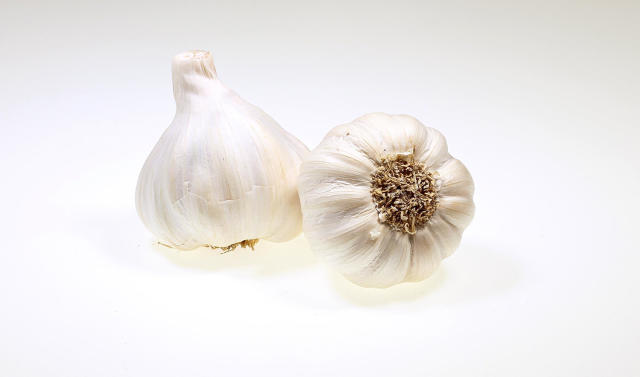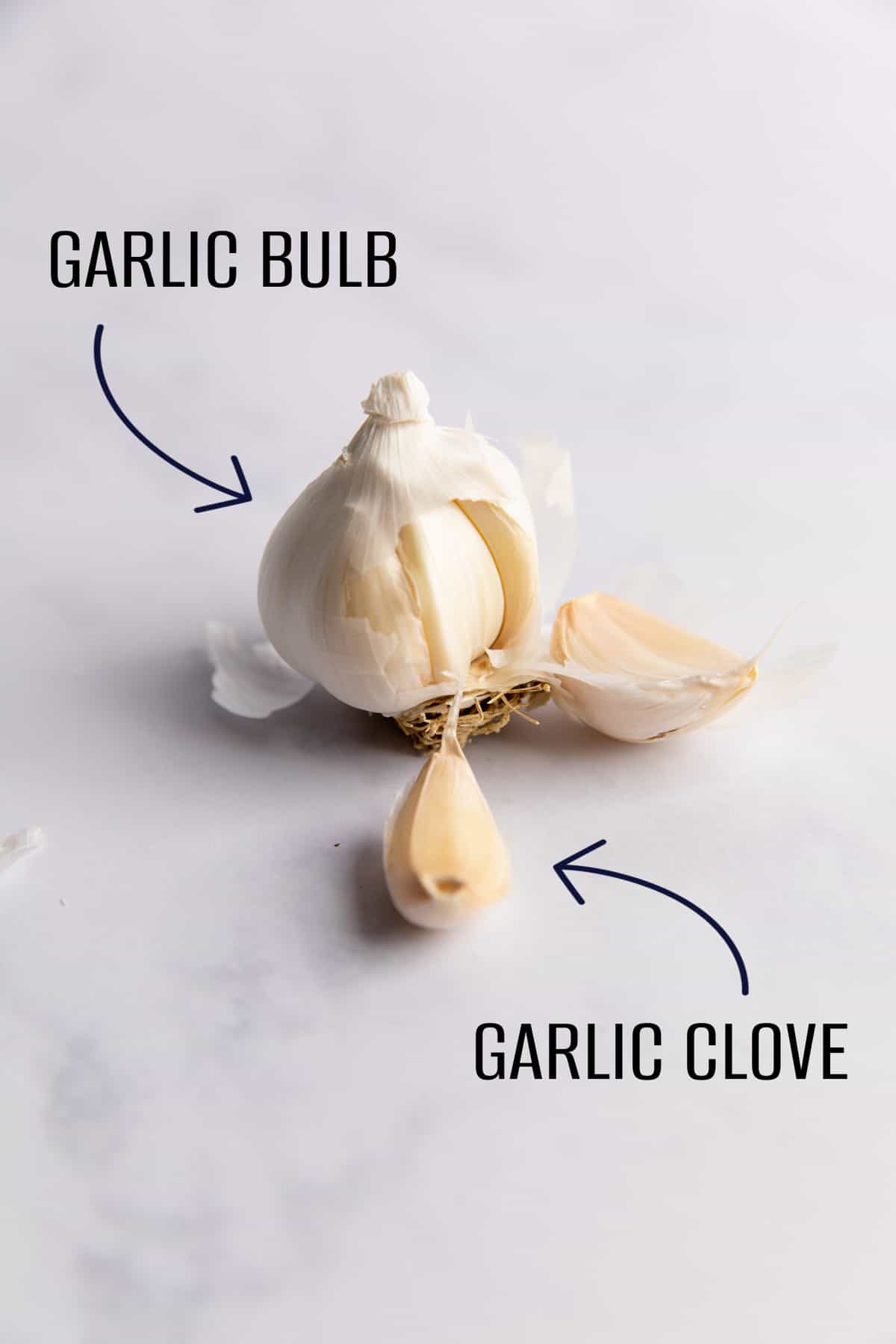Quick and Delicious Recipes Featuring Fresh Garlic Paste
Quick and Delicious Recipes Featuring Fresh Garlic Paste
Blog Article
A Comprehensive Overview to Expanding Garlic in your house Yard for Year-Round Harvests
Cultivating your own garlic at home can not only give you with a year-round supply but also offer a feeling of fulfillment in expanding your very own food. From picking the best garlic varieties to the meticulous treatment required for effective growth, each step in the process adds to an abundant harvest.
Selecting the Right Garlic Varieties
When choosing garlic varieties for your home yard, it is vital to consider elements such as local climate and preferred flavor accounts. The type of garlic you pick can significantly impact the success of your harvest and the taste of your dishes.
Hardneck garlic varieties, such as Rocambole and Porcelain, are well-suited to chillier environments, as they call for a duration of vernalization to create light bulbs effectively. Softneck garlic, like Artichoke and Silverskin, thrives in milder climates and often tends to have a much longer life span compared to hardneck selections.
Think about the flavor account you prefer when choosing garlic ranges - Australian Garlic. Rocambole garlic is recognized for its complicated, rich taste, while Artichoke garlic offers a milder flavor that is appropriate for a wide range of cooking applications

Preparing the Growing Website
Choosing the ideal garlic varieties lays the foundation for an effective harvest; currently, interest transforms to the important action of preparing the planting website. Before planting garlic, it is critical to select a well-drained website with fertile, loamy soil. Garlic flourishes in full sun, so choose a location that gets at the very least six to 8 hours of sunshine daily. To prepare the growing site, start by removing the area of any weeds or debris that may impede garlic development. Loosen the soil to a deepness of about 8-10 inches making use of a garden fork, guaranteeing it is complimentary of clumps and well-aerated.
Think about improving the dirt with compost or well-rotted manure to supply essential nutrients for the garlic plants. A dirt pH degree ranging from 6.0 to 7.0 is perfect for garlic farming. Incorporate a balanced plant food into the dirt according to the supplier's guidelines to even more boost the nutrition web content.
Once the planting website is properly prepared, you are all set to wage planting the garlic cloves, establishing the phase for a bountiful harvest in the periods to come.
Planting Garlic Cloves
To make sure effective growing of garlic, proper planting of garlic cloves is important in creating a strong foundation for healthy development and an abundant harvest. When growing garlic cloves, it is vital to select top notch, disease-free bulbs for the ideal outcomes - Garlic bulb. Separate the cloves from the light bulb simply prior to planting to stop them from drying out. Each clove must be grown separately with the sharp end encountering up and the flat end down, at a deepness of concerning 2 inches right into well-draining dirt. Space the cloves about 4-6 inches apart he has a good point within rows that are 12-18 inches apart to permit for optimum development and advancement.
Garlic prospers in complete sunlight, so ensure the planting site obtains at the very least 6-8 hours of direct sunlight daily. By following these growing guidelines, you can establish the phase for a successful garlic harvest.

Caring for Expanding Garlic Plant Kingdoms
Upon successful planting of garlic cloves, attentive care for expanding garlic plants is vital for making certain optimal growth and a bountiful harvest. Watering is crucial for garlic plants, particularly throughout dry durations.
Weeding is one more vital element of caring for expanding garlic plants. Weeds contend with garlic for nutrients and can hinder its growth. Regularly eliminating weeds by hand or utilizing compost can assist maintain a healthy setting for garlic to flourish.
Fertilizing is recommended to support the development of garlic plants. Using a well balanced plant food during the expanding season can supply the needed nutrients for robust development. Nevertheless, it is important not to over-fertilize, as this can result in issues such as extreme foliage growth at the expenditure of light bulb growth.
Lastly, checking garlic plants for any indicators of pests or conditions is vital. Addressing any kind of problems immediately can prevent them from spreading and harming the plant. By adhering to these care practices, you can help your garlic plants grow and achieve an effective harvest.
Harvesting and Saving Your Garlic Bounty
Garlic bulbs need to be all set for harvest when the reduced leaves beginning redirected here to turn yellow and wither, generally around mid-summer to early fall, depending on the selection and growing time. To harvest garlic, thoroughly loosen up the dirt around the bulbs with a yard fork to stay clear of harming them.
After treating, trim the origins and reduce the stalks to about an inch above the light bulb. Store the garlic bulbs in an amazing, completely dry location with excellent air blood circulation to stop growing. Effectively kept garlic can last for several months, supplying you with a fresh supply up until the following harvest season. Adhere to these actions to enjoy your native garlic in numerous cooking thrills throughout the year.
Conclusion
To conclude, expanding garlic in your home garden can supply year-round harvests with the right option of selections, proper prep work of the growing website, and attentive look after the expanding plants. By adhering to these actions, you could try these out you can enjoy a bountiful harvest of garlic cloves that can be kept for future usage. With commitment and persistence, you can efficiently grow garlic in your yard and delight in the savory benefits it brings to your food preparation.
Report this page